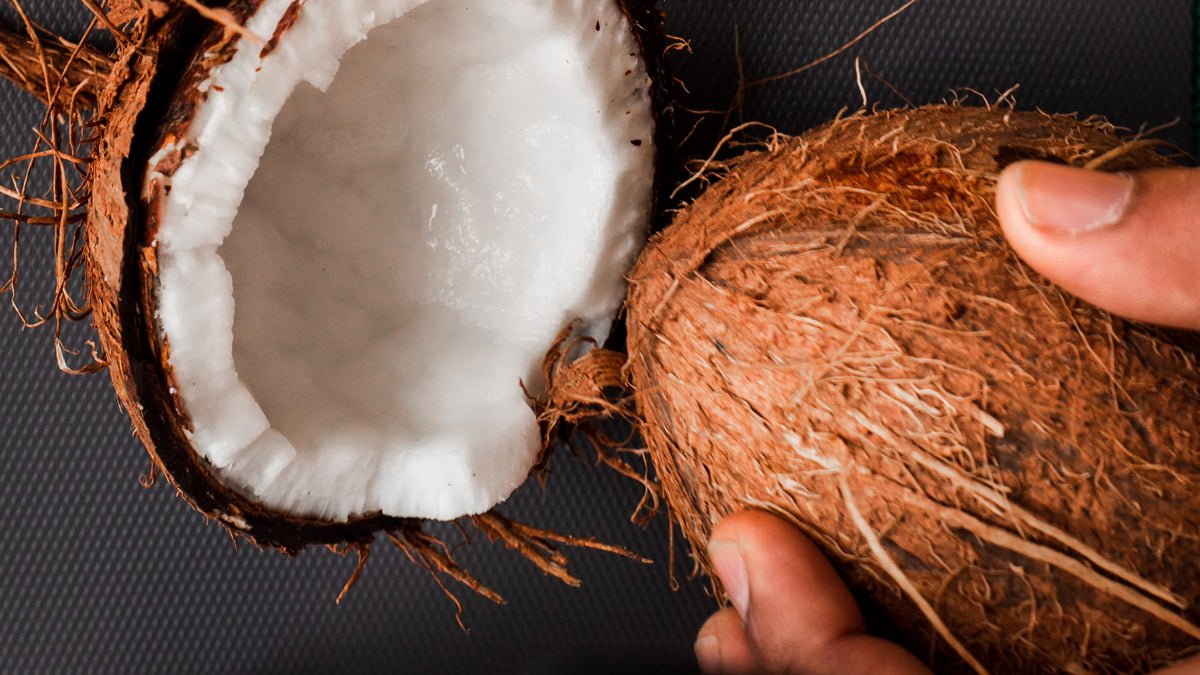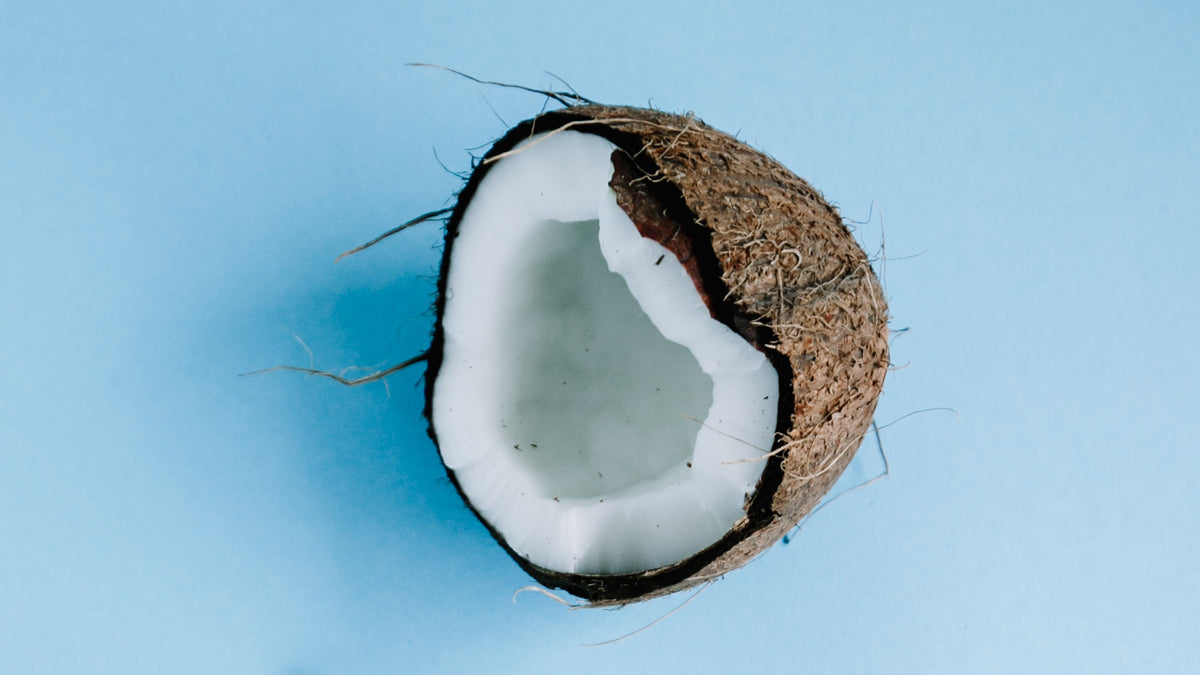
Caprylyl Glycol
- Derived from: Coconut
- Pronunciation: (ka-PRI-lil GLI-kul)
- Type: Naturally-derived
What Is Caprylyl Glycol?
Caprylyl glycol is a colorless liquid preservative.[1] It is derived from coconut and has a mild odor.
Is Caprylyl Glycol a Silicone?
Caprylyl glycol is not a silicone.
What Does Caprylyl Glycol Do?
Present in thousands of personal care products, you will commonly find caprylyl glycol in skin care, baby products, makeup, hair care, and cleansing products.[2] This ingredient is water soluble.[3]
Is Caprylyl Glycol Safe?
The Cosmetics Ingredient Review has deemed the ingredient safe for use in cosmetics, and Whole Foods has deemed the ingredient acceptable in its body care quality standards.[5,6] In addition, several studies show the ingredient is not a strong skin/eye irritant or sensitizer.[7,8,9,10] At least one study shows it also has antimicrobial characteristics.[11]
How Caprylyl Glycol Is Made
Commercial production of caprylyl glycol typically starts with the synthesis of ethylene glycol, the simplest of the 1,2-glycols. This usually happens via thermal oxidation of ethylene oxide with water. The commercial production of 1,2-glycols (including caprylyl glycol) most commonly occur with either via catalytic oxidation of the corresponding alkene oxide or the reduction of the corresponding 2-hydroxy acid.[4]
Certifications

Sources
[1] Personal Care Council
[2] Environmental Working Group
[3] Cosmeticsinfo.org
[4] Cosmetic Ingredient Review
[5] Personal Care Council
[6] Whole Foods Market
[7] Symrise. “Tox data summary sheet on caprylyl glycol.” Unpublished data submitted by the Personal Care Products Council on July 27, 2010
[8] Clinical Research Laboratories, Inc. “Repeated insult patch test of a lipstick containing 0.5% caprylyl glycol.” CRL Study Number: CRL37609-3. Unpublished data submitted by the Personal Care Products Council on September 16, 2010.
[9] Levy, S.B., Dulichan, A.M., Helman, M., “Safety of a preservative system containing 1,2-hexanediol and caprylyl glycol.” Cutaneous and Ocular Toxicology 2009;28(1):23-24.
[10] Clinical Research Laboratories, Inc. “Repeated insult patch test of a leg and foot gel containing 0.5% 1,2-hexanediol. CRL Study Number: CRL34109-1.” Unpublished data submitted by the Personal Care Products Council on September 16, 2010:1-13.
[11] Lawan, K., Kanlayavattanakul, M., Lourith, N., “Antimicrobial efficacy of caprylyl clycol and ethylhexylglycerine in emulsion.” Journal of Health Research. (2009), 23(1):1-3.


























